Round court admiral Popov. Part of 6. The fate of pardons
A.A. Popov, trying to save the yacht, addressed Konstantin Nikolayevich, who was in disgrace, and I.A. Shestakov: “... the lack of special purpose of the yacht does not constitute anything significant, since to destroy the blows you can simply change course or not go to sea at all. "Livadia" does not have to chase the enemy ships, it is not intended for sailing in the oceans, it does not need to be in hurricanes ... "But, according to IA Shestakova," The Sovereign agreed with the yacht to get rid of It was. Even when I said that a prison is required in Sevastopol, he expressed his readiness to give “Livadia” for this use. ” As a result, new running tests in the 1882 year failed, although they could be useful for the future design of new power plants. In addition, Popov A.A. they offered to cover the sum of personal funds granted to English builders, allegedly she was appointed without the knowledge of the ministry’s leadership! Only after four years of litigation, the treasury assumed the loss.
In April 1883, the yacht was turned into the steamer "Experience". The vessel stood idle for several years: the Marine Technical Committee intended to use it as a unique vehicle in terms of capacity, speed and draft for transporting equipment and troops; it was planned to leave two side steam engines, and the middle one to be installed on the new Baltic battleship. It really was removed, but mounted it on the Minin cruiser, during its repair. At the end of the century, the remaining vehicles were also transferred to the Baltic and used for the Duke of Edinburgh and General Admiral cruisers. Part of the wooden superstructures when unloading the machines was dismantled; the huge premises of the upper deck disappeared in the mid-1880s. The steamboat became the blockbuster “Experience”, which was used both as a warehouse and as a barracks ... At the beginning of the 1913th century, “Experience” was handed over to the port of Sevastopol, but in XNUMX it was again included in the lists fleet called "Blockchain number 7". Until 1926, he stood in Sevastopol, and was finally decommissioned. Black Sea veterans recalled that he saw his unusual skeleton back in the late 1930s ...
The fate of “popovok”, that is how they were officially called in the “Ship list” (and from the 1892 of the year - “coastal defense battleships”), was different. Before the appearance of the Catherine II type ships, they were the only battleships of the Black Sea Fleet, and each year were assigned to the campaign. Even carried out repairs. Thus, in 1883, new boilers were manufactured for Vice Admiral Popov, and the old ones were transferred to Novgorod. Popovka based on Sevastopol, in the South Bay there were their permanent parking. Here on the Novgorod in 1882, a sad event occurred that caused a lot of noise: the quartermaster, who was standing on the deck, had a military mine exploding in his hands - an 3 sailor and an 2 officer died. There were a lot of rumors, even a trial took place. Commander, Captain Second Rank Balk A.O. was transferred to the coastal position. The ship itself was practically not damaged. At the beginning of the 1880-s both ships equipped with electric lighting, however, imperfect. The main armament remained unchanged, only on Vice Admiral Popov, two more 87-mm guns were installed.
After the appearance in the Black Sea fleet of "Catherine II", "Sinop" and "Chesma" there was no need for backsides and, although they remained in the first rank of ships until 1893, they were no longer sent to sea, except for occasional transitions for routine repairs to Nikolaev. In 1893, the last time there was a question about sending popovok in practical swimming. It immediately became known that the Novgorod corps was in need of major repairs, and the Vice Admiral Popov’s 305-mm guns were not able to make more 20 shots; the machine installations of both ships also needed to be put in order.
In 1894, Vice-Admiral N.V. Kopytov, Commander-in-Chief of the Black Sea Fleet and Ports, wrote to the Main Naval Headquarters: “I did not consider Popovki to be fully legitimate fighting ships even at the beginning of their existence; they could only be entrusted with protecting the mouths of the Danube ... but without major corrections ... they cannot even perform this task ... " Further, the admiral offered not to spend money and, having removed the mechanisms, “hand them over to the port”. The admiral general quite unexpectedly recognized the proposed measure as untimely and suggested “supporting the ships in such a degree of readiness that, if necessary, they could serve for combat purposes in the areas closest to our ports ...”. Correspondence about the repair dragged on for almost 10 years ... Only in 1903, the completely aged parish people surrendered to the Nikolaev port, two months later they were excluded from the fleet lists. At the end of 1911 - the beginning of 1912, ships were scrapped to private individuals.
In many ways, the critical assessment of the activities of Popov A.A. on the "rounding of ship architecture" are fair. But at the same time, a whole cascade of new technical solutions and ideas implemented during the creation of these curious ships found application in shipbuilding. Suffice to say about the “constructive protection” of the hull of the vessel with the help of a system of waterproof compartments formed along the entire side and in the bottom of the bottom. In the maximum volume it was used by E.E. Gulyaev. in the draft of the “non-tiltable and unsinkable battleship”, submitted to the competition for 1906, and, subsequently, was widely used on heavy artillery ships of all maritime powers. The principle of a broader, in comparison with the freeboard, underwater part, which made it possible to more fully use the same protection, led to the creation of bulls - protruding onboard accessories.
- Round court admiral Popov. Part of 1. The history of the creation of round armadillos for the Black Sea
Round court admiral Popov. Part of 2. Bookmark "Novgorod"
Round court admiral Popov. Part of 3. "Vice Admiral Popov"
Round court admiral Popov. Part of 4. Popovki in the Russian-Turkish war and new ideas
Round court admiral Popov. Part of 5. Imperial yacht "Livadia"
Round court admiral Popov. Part of 6. The fate of pardons
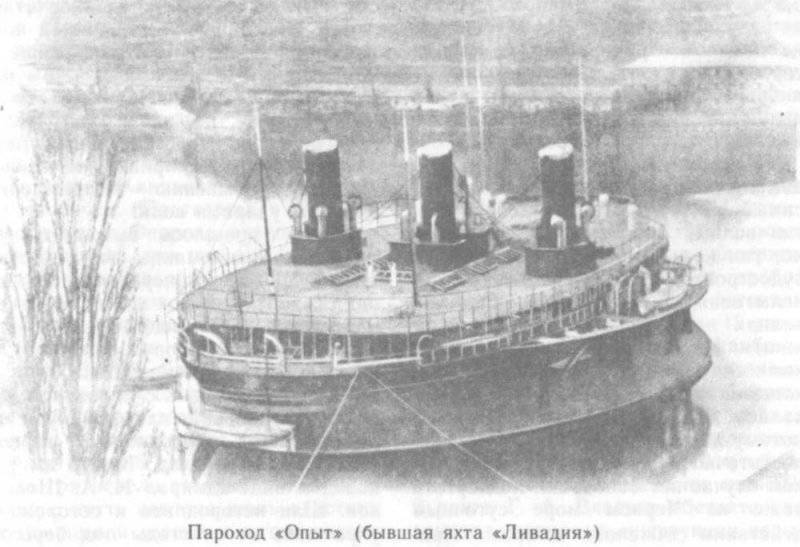
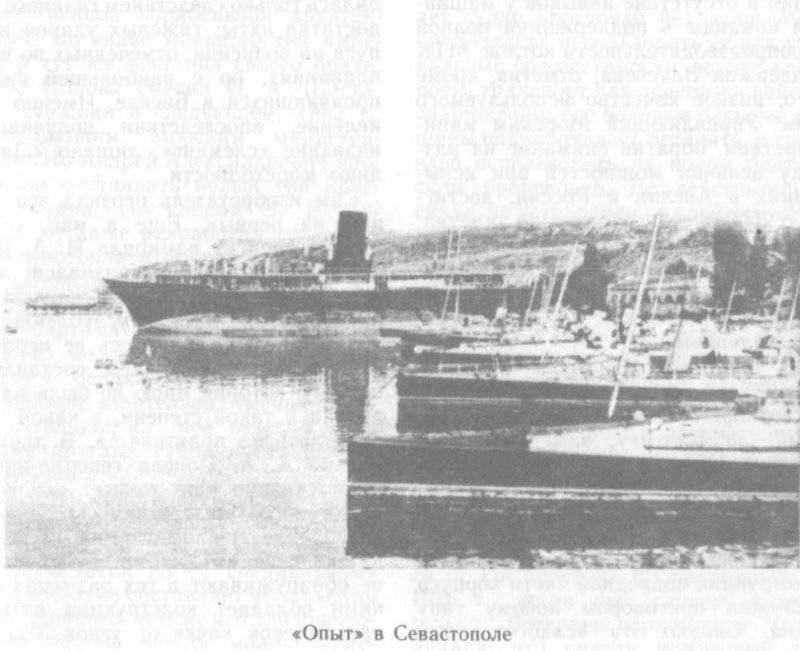
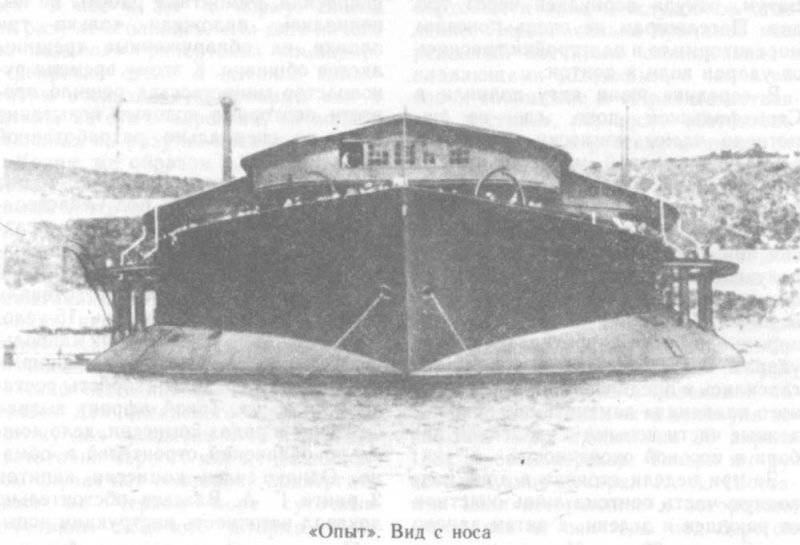
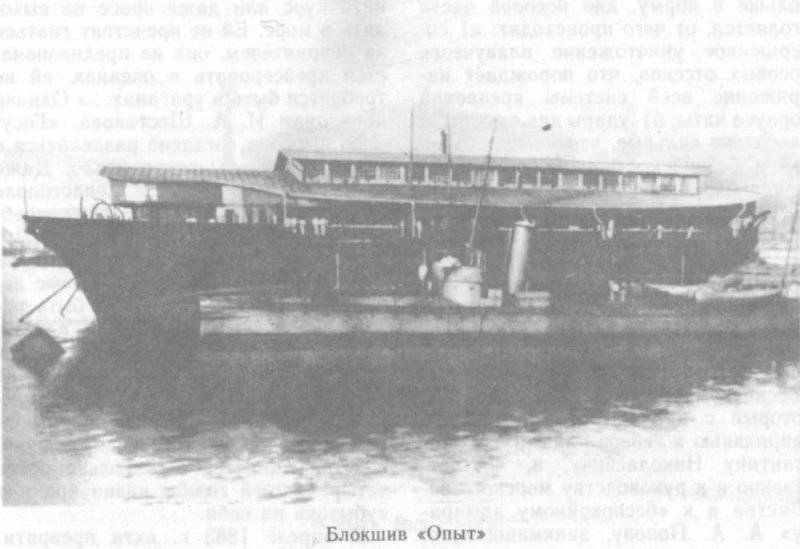
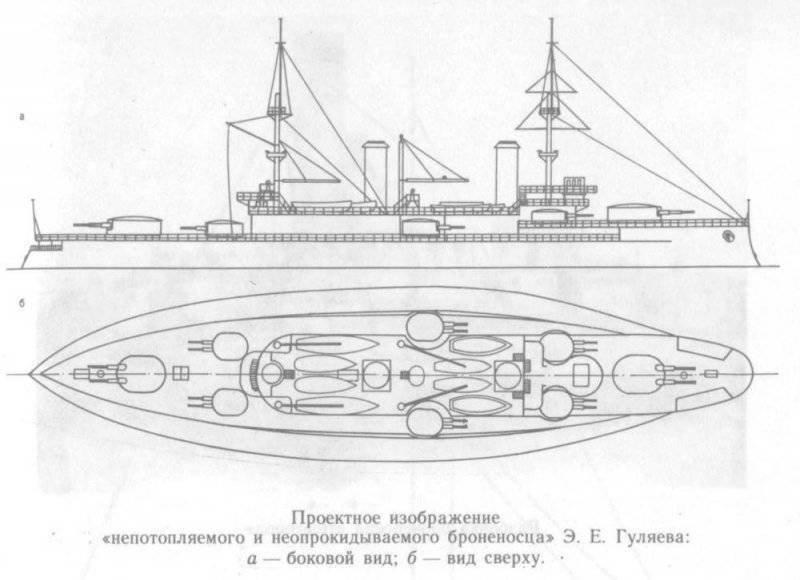
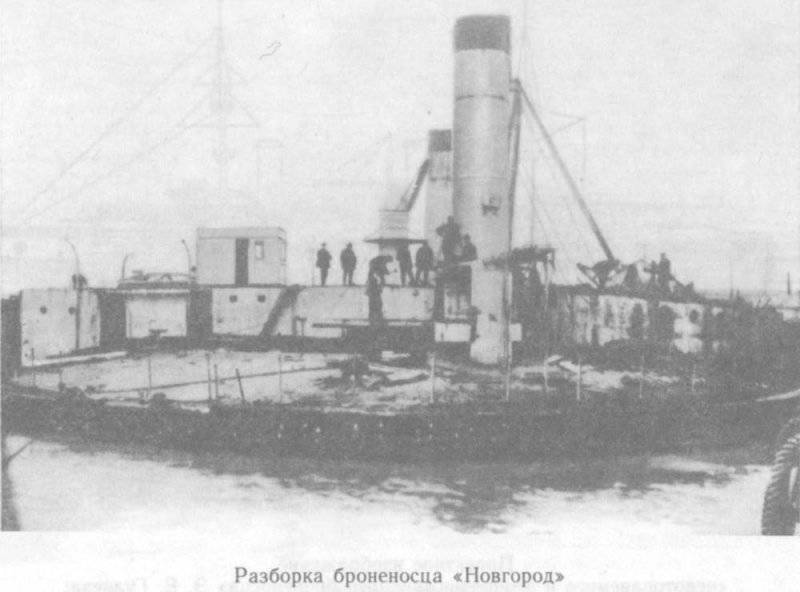
Information